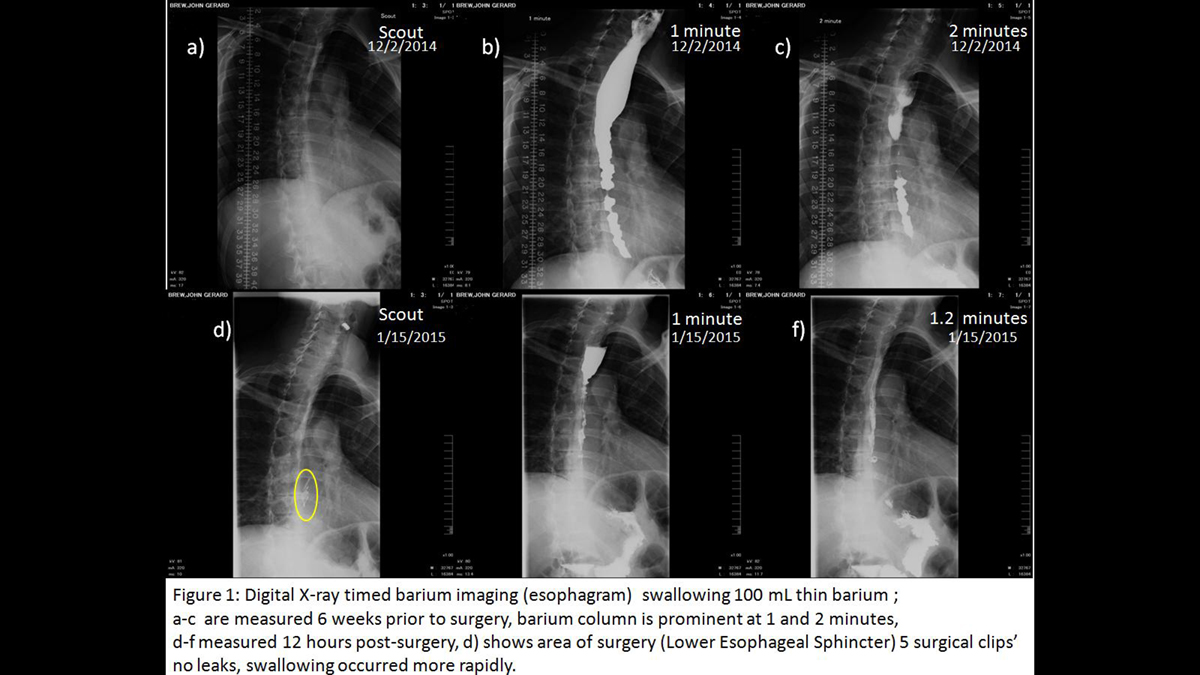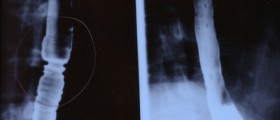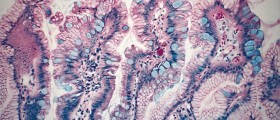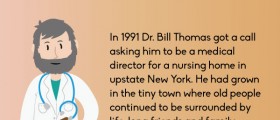
Dysphagia is a sort of the medical symptom which features with difficulties with swallowing. Numerous diseases may include dysphagia as one of the symptoms. There are two types of dysphagia 'high' dysphagia and 'low'dysphagia. The first one is also known as oropharingeal dysphagia while the second one is also called esophageal dysphagia.
High Dysphagia Treatment Options
Most of the neurological problems which lead to 'high' dysphagia are cured by medications or surgical procedures but not to a full extend. Parkinson's disease is the only neurological disease in which dysphagia may be put under control with certain medications.Apart from Parkinson's dysphagia the condition can be treated by swallowing therapy, changes in dietary regimes and feeding tubes.
Swallowing therapy includes the assistance of speech and language therapist. He/she will help a patient with relearning of how to swallow. The importance of the training is to learn how to arouse the nerves which are responsible for the swallowing reflex. The muscles in charge with swallowing must be strengthen as well.
Dietary changes are conducted under the supervision of nutritionist. The food that is taken must be semi liquid and in a form which is easy to be swallowed. Normally all the nutritious ingredients must be present and the special care is taken regarding the daily intake of vitamins and minerals.
Feeding tubes are used in extreme cases of dysphagia. They are used temporarily until a person reacquires the ability to swallow again. Feeding tubes prevent from malnutrition and dehydration. Nasogastric tube is places through the nose and ends up in the stomach. Percutaneous endoscopic gastrostomy tube is surgically inserted into the stomach. The incision is made on the stomach and the tube is then placed. Unlike the nasogastric tubes which are used no more than 28 days the second option may be used for the period of up to 3 years. More complications are caused by percutaneous tubes. These include the tube dislocation, infection of the surrounding skin, the blockage or the leakage of the tube. In severe cases these tubes may induce internal bleeding.
Low Dysphagia Treatment Options
In case of esophageal dysphagia the surgery is the first choice. Dilatation is surgical procedure which is done in case of obstruction. The tiny balloon is inserted inside the esophagus. The balloon is inflated which leads to expanding of the esophagus. After that the balloon is deflated and taken out.The second option includes the injection of Botulinum toxin. This toxin has been used in treatment of achalasia which is a form of dysphagia caused by stiffness of esophageal muscles. They are rigid and do not allow the food or liquid to reach the stomach. The goal of this treatment is to paralyze the over stiff muscles and ease the swallowing act.

















Your thoughts on this
Loading...